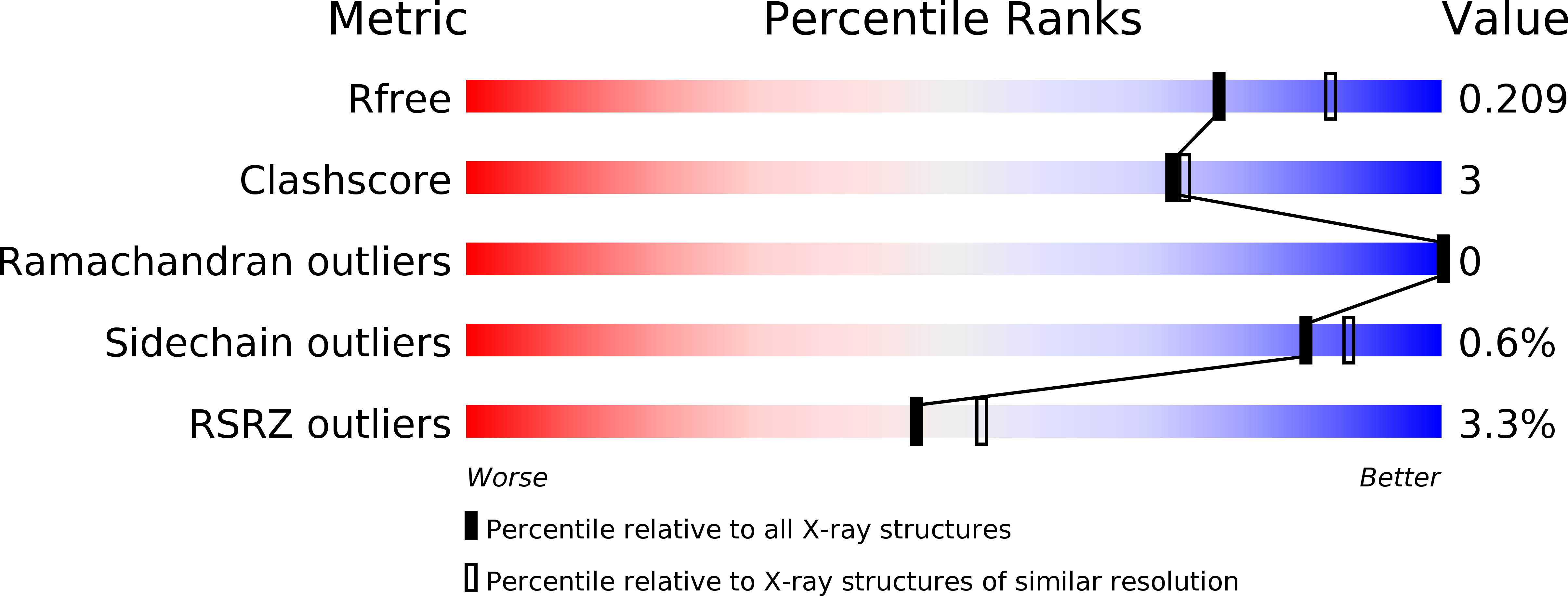
Deposition Date
2014-04-03
Release Date
2015-01-14
Last Version Date
2024-11-06
Entry Detail
Biological Source:
Source Organism:
Escherichia coli UMEA 3718-1 (Taxon ID: 1281269)
Host Organism:
Method Details:
Experimental Method:
Resolution:
2.10 Å
R-Value Free:
0.20
R-Value Work:
0.16
R-Value Observed:
0.16
Space Group:
P 63


